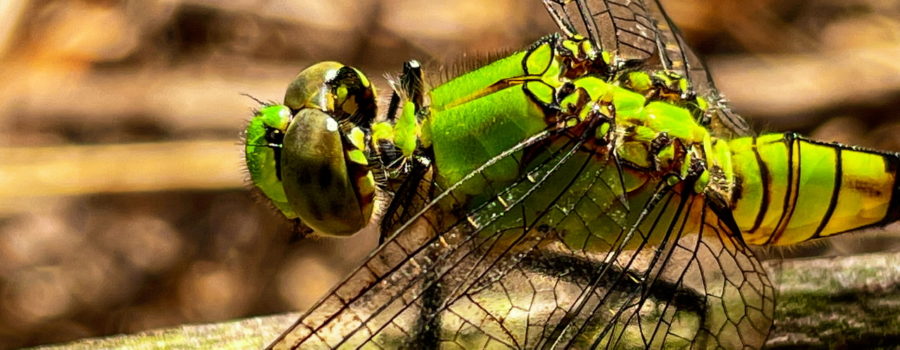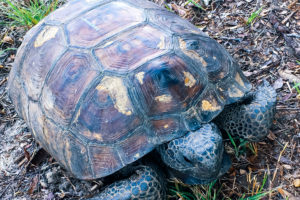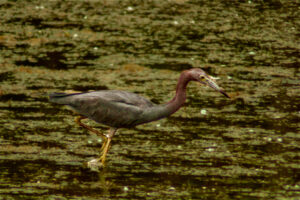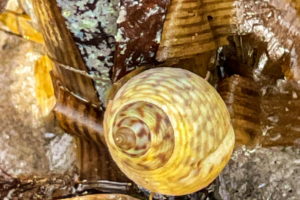The Eastern Pondhawk is Beautiful and an Amazing Insect Hunter

A little while ago, I spotted my first gardenia flower and passion fruit flower of the year on the same afternoon. That afternoon’s photography session started out with finding a spiny orb weaver spider in her web near the dog house, and ended with the flowers, but it was a beautiful dragonfly that took me around behind the dog house to the flowers. I spotted the bright green dragonfly flitting around while I was photographing the spider and I decided to follow it and see if I could get some photos of it. It’s a pretty common dragonfly in this area, but one that I hadn’t had the chance to photograph, so I really wanted to see if I could get some that day.

This dragonfly was an Eastern pondhawk female, and they are amazingly effective flying insect hunters. Their main prey insects are mosquitoes, flies, wasps, and midges, but they do sometimes take down prey as large or larger than themselves (hence the name pondhawk). This particular type of dragonfly will even sometimes prey on other dragonflies! Males of this species are very territorial and will aggressively defend their territories, usually located around the edges of ponds, lakes, and other bodies of warm, still water. Male Eastern pondhawks look very different from their female counterparts. Mature males are a beautiful powdery blue with clear, veined wings, and a bluish elongated abdomen.

Female Eastern pondhawks are a brilliant emerald green, also with clear veined wings, but with a green and black banded abdomen. They tend to roam much more than the males, and can be found well away from water in areas where the hunting is good. Those areas may include wood edges, grassy fields, and brushy areas. When the female is ready to mate, she will return to the water, mate, and almost immediately start laying her eggs in the water while her mate stays nearby and protects her. When the eggs hatch, the nymphs will stay in the water eating water insects such as mosquito larvae and sometimes even small tadpoles until they are large enough to get out onto the land and molt into young adults.

These dragonflies have amazing vision due to their compound eyes that allow them to see almost everywhere around them. Their only blind spots are immediately below them and right behind their heads. This incredible vision allows them to spot prey in the air and quickly calculate the trajectory and speed required to catch it. They are also extremely speedy with the capability to fly at up to 30 miles per hour! Often their prey doesn’t even realize it’s under attack until too late. Their beauty and their voracious appetites for nuisance flying insects make them great additions to any garden.






Recent Comments